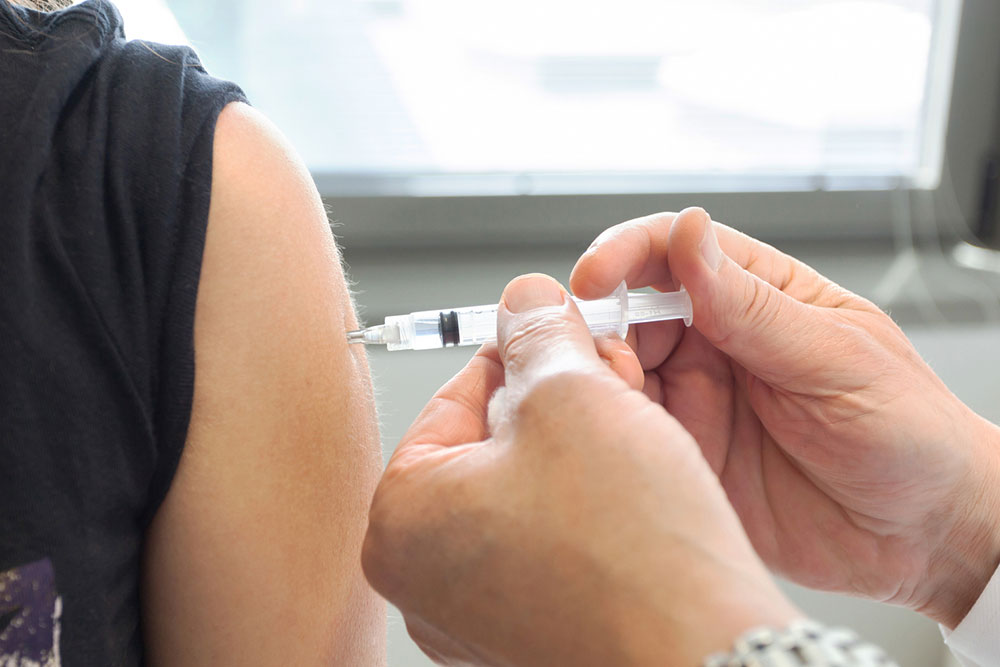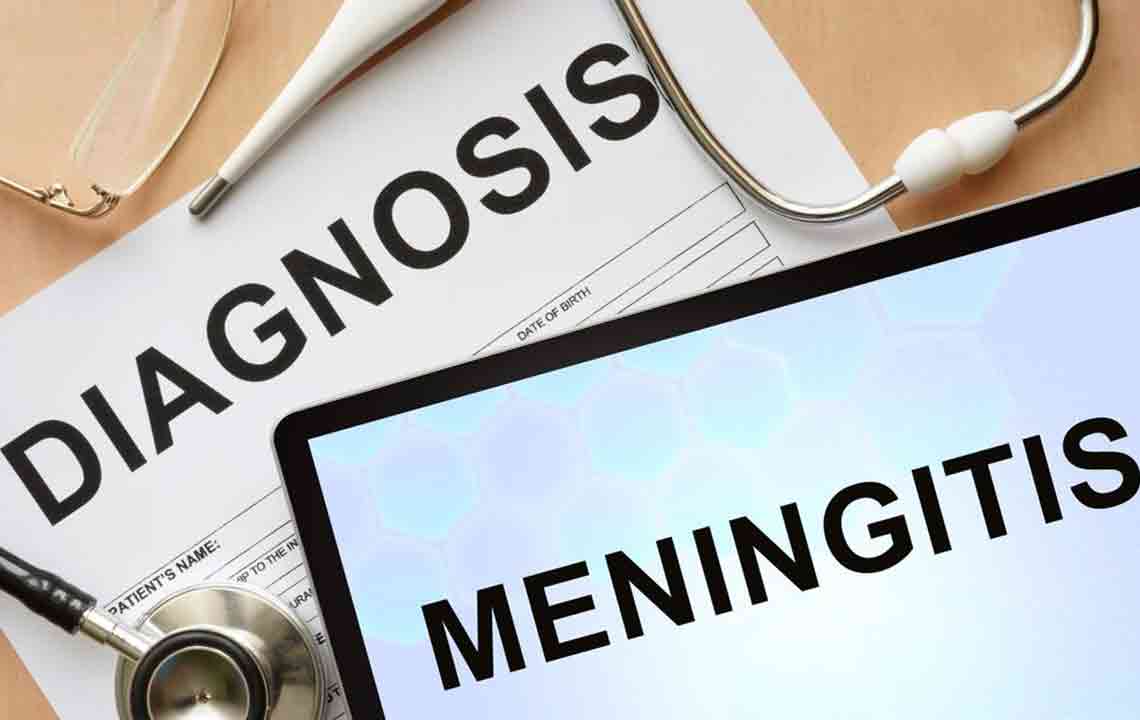Comprehensive Vaccine Strategies for Meningitis Prevention and Control
This comprehensive article explores the latest vaccine strategies to combat meningitis, highlighting global efforts, regional challenges, and the importance of immunization in disease prevention. It emphasizes the use of conjugate vaccines across various serogroups, the epidemiology of outbreaks, and recommendations for vulnerable populations, aiming to improve awareness and control of this serious disease worldwide.

Comprehensive Vaccine Strategies for Meningitis Prevention and Control
Meningitis is a serious and potentially life-threatening infectious disease that can lead to severe health complications if not promptly diagnosed and treated. The disease manifests in bacterial and viral forms, but bacterial meningitis tends to be much more severe, often resulting in high mortality and lasting neurological damage. Understanding the current vaccine strategies and their effectiveness is crucial for health professionals and the public alike, especially considering the disparities in disease prevalence across different regions.
Over recent decades, the advancements in vaccine technology, particularly the development and widespread deployment of conjugate vaccines, have dramatically changed the landscape of meningitis prevention. In countries like the United States, vaccination programs have led to significant reductions in the incidence of meningitis. Data from the late 1990s to early 2000s indicate a decline in cases from 1.9 to 1.5 per 100,000 individuals, accompanied by a decreasing mortality rate of approximately 15.6%. Despite these successes, global disparities remain, with developing nations still experiencing alarmingly higher rates of disease and death.
Looking into specific regions, the African meningitis belt, which stretches across sub-Saharan Africa, bears a heavy burden of the disease. In 2009 alone, around 88,000 cases of meningococcal disease were documented in this belt, leading to nearly 5,000 to 5,500 fatalities. Niger and Nigeria are among the most affected countries, with approximately 3,000 deaths and 69,500 cases reported within that period. The epidemiology of meningococcal disease in this region is characterized by outbreaks primarily caused by serogroup A bacteria, which was responsible for about 87.8% of epidemics from 2003 to 2007. Serogroup W135 accounts for roughly 10%, complicating vaccination strategies that need to cover multiple serogroups to effectively control outbreaks.
The strategic use of conjugate vaccines in early childhood has proven to be a powerful tool in reducing bacterial meningitis cases. For diseases caused by pathogens such as Haemophilus influenzae and Streptococcus pneumoniae, immunization has significantly lowered disease incidence across all age groups. However, the shifting landscape of bacterial strains has presented new challenges. Increased prevalence of non-vaccine serotypes and the emergence of antibiotic-resistant strains, including those resistant to cefotaxime and penicillin, highlight the importance of ongoing surveillance and vaccine adaptation.
Current vaccines for meningococcal disease target the most common serogroups—A, C, W135, and Y—using conjugate vaccine technology. Notably, serogroup B remains without a widely used conjugate vaccine, posing ongoing challenges for complete disease control. Vaccination recommendations are particularly strong for individuals with compromised immune systems, travelers to high-endemic regions, and adolescents aged 11–18, who are at increased risk of infection and transmission. Special considerations are necessary for patients with asplenia, who should receive vaccines against Haemophilus influenzae, pneumococci, and meningococcus to reduce their heightened susceptibility.
Hospital settings require strict infection control measures, including droplet precautions for patients with suspected or confirmed meningococcal infection, especially during the first 24 hours of antibiotic therapy, until bacterial clearance is confirmed. This helps prevent nosocomial transmission and protect healthcare workers and other patients.
Available Meningitis Vaccines and Recommendations
Currently, vaccines covering all five principal serogroups of Neisseria meningitidis—A, B, C, W135, and Y—are available and widely used to prevent most cases of meningococcal disease. Additional vaccines include those targeting Haemophilus influenzae type b (Hib), pneumococcal conjugate (PCV), pneumococcal polysaccharide (PPV), measles-mumps-rubella (MMR), Bacillus Calmette-Guérin (BCG), and travel-specific MenACWY. Prior consultation with healthcare providers is essential before vaccination to ensure proper timing and coverage based on individual health status and travel plans.
In summary, vaccination remains the cornerstone of meningitis prevention. Continued innovation, surveillance, and global vaccination efforts are vital to reducing the disease burden worldwide, especially in high-risk regions such as sub-Saharan Africa. Public awareness and education about the importance of timely immunization can significantly influence disease control strategies and save countless lives.





